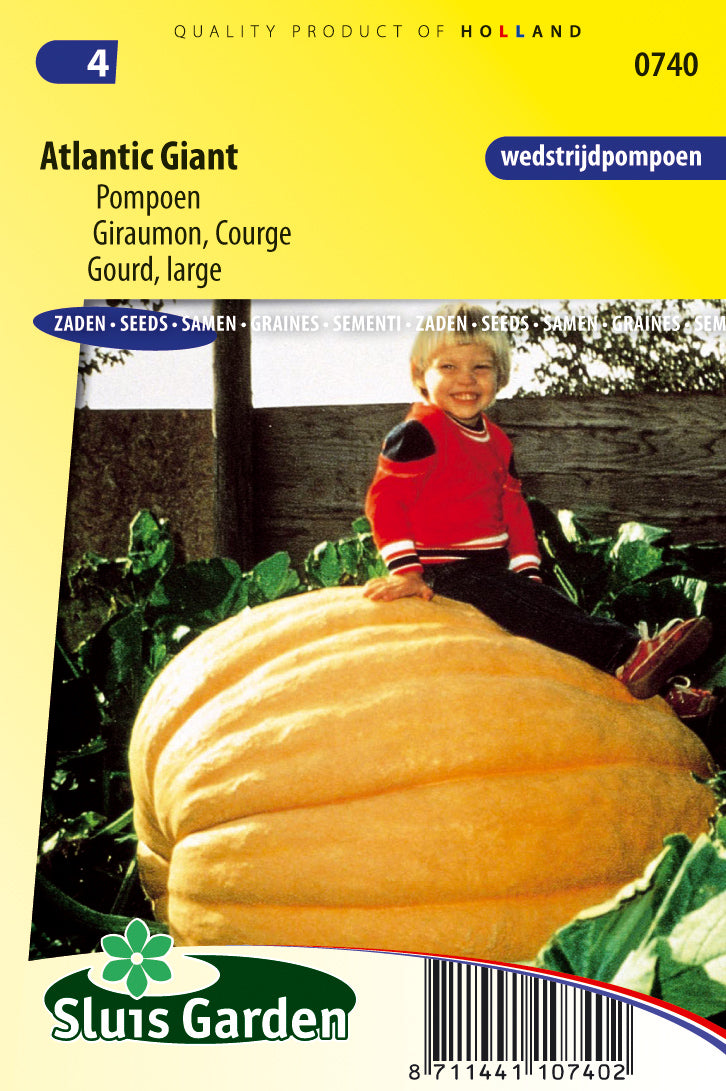Gourd (large) Atlantic Giant
Gourd (large) Atlantic Giant
Couldn't load pickup availability
Gourd (large) Atlantic Giant
Growing pumpkins can be a fun and rewarding experience. Here’s a guide to help you grow pumpkins successfully:
1. Planting Time: Pumpkins are warm-season plants. Plant seeds or seedlings outdoors after the last frost when the soil has warmed up.
2. Site Selection: Choose a sunny location for planting. Pumpkins thrive in full sun, receiving at least 6-8 hours of sunlight per day.
3. Soil Preparation: Ensure the soil is well-draining and rich in organic matter. Pumpkins prefer slightly acidic to neutral soil with a pH between 6.0 and 7.0. Incorporate compost or well-rotted manure to improve fertility.
4. Planting Seeds or Seedlings: Plant pumpkin seeds directly into the garden or transplant seedlings. Plant seeds about 1-2 inches deep and space them according to the variety, usually around 3-5 feet apart in rows with 8-12 feet between rows.
5. Watering: Keep the soil consistently moist, especially during flowering and fruiting. Pumpkins require regular watering, but be cautious not to overwater, as this can lead to root rot.
6. Support: Some pumpkin varieties may benefit from support, especially if you’re growing larger pumpkins. Use straw or boards to elevate the pumpkins and prevent them from touching the ground.
7. Fertilization: Pumpkins are heavy feeders. Apply a balanced fertilizer at planting time and side-dress with additional fertilizer during the growing season. Follow package instructions for application rates.
8. Mulching: Apply a layer of organic mulch around the pumpkin plants to retain soil moisture, suppress weeds, and regulate soil temperature.
9. Pruning: Prune to control excessive vine growth and focus energy on fruit development. Remove any small, misshapen, or damaged fruits.
10. Pollination: Pumpkins require pollination to set fruit. Bees are excellent pollinators, but you can also hand-pollinate by transferring pollen from male to female flowers using a small brush.
11. Harvesting: Harvest pumpkins when the skin hardens, and the fruit reaches the desired size. Cut the stem with a sharp knife, leaving a few inches attached to the pumpkin.
12. Storage: Cure pumpkins in a warm, dry place for about 10 days before storing them in a cool, dark area. Proper curing enhances flavor and extends storage life.
Growing pumpkins can result in a bountiful harvest, and these versatile fruits can be used for cooking, carving, or festive decorations. Enjoy cultivating pumpkins in your garden!
Share

